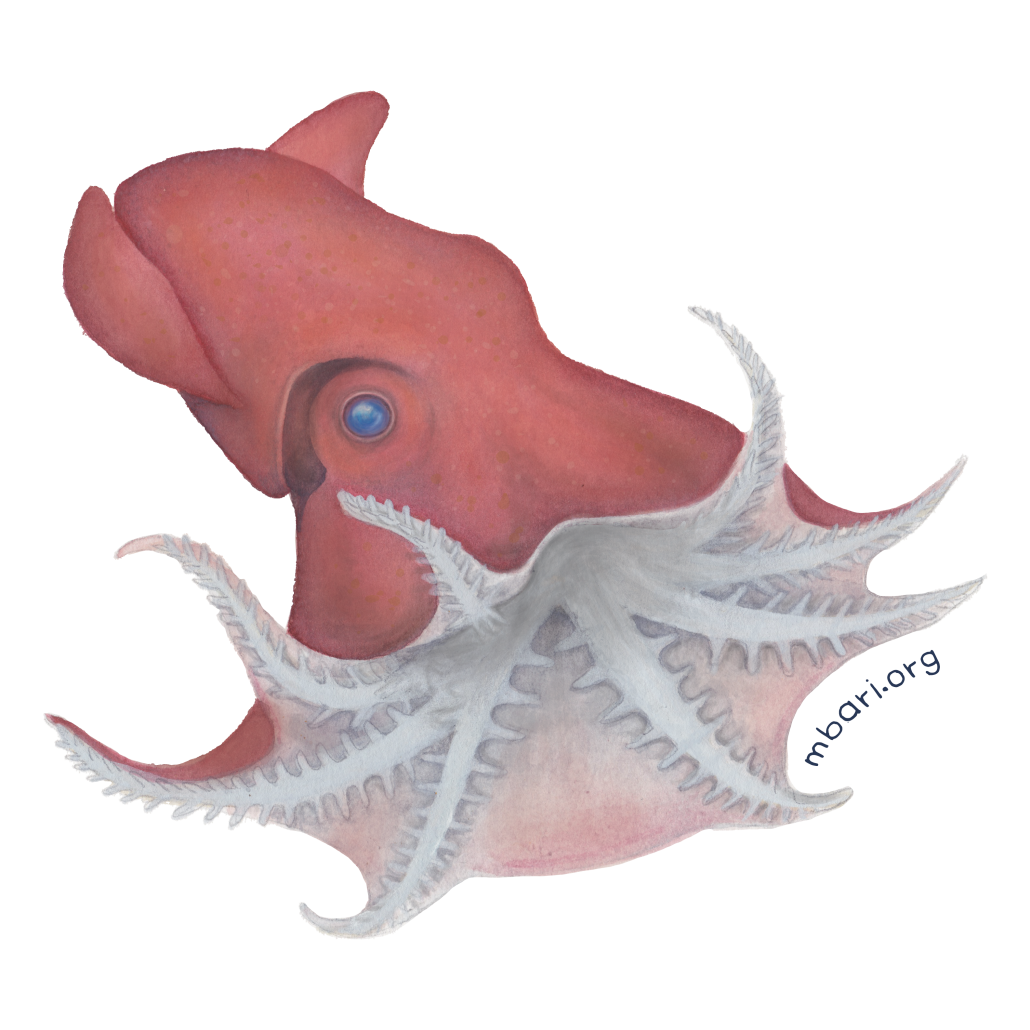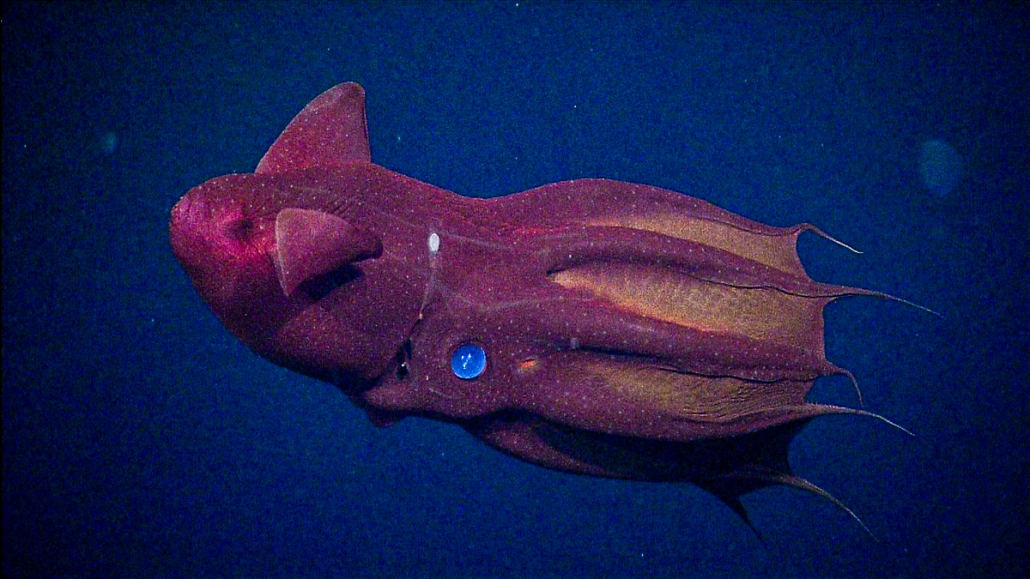

This is a peculiar characteristic given the fact that This animal does not have a large size. On the other hand a curious fact of the eyes of this species of squid, is that they are considered as the largest in terms of proportion, within the animal kingdom and they can measure 2.5 centimeters in diameter. When they are exposed to the sun light, they have a red color and in normal state they can be perceived as blue. The color of the Eyes may vary depending on the type of lighting.

Regarding the eyes of the vampire squids, it is important to point out that they are translucent and crystalline, in turn they appear in red or blue tones, as in the case of the skin. It should be noted that only half of their extremities, specifically the one that is most distant from their bodies, have syphons.
#FUN FACTS ABOUT VAMPIRE SQUIDS SKIN#
In this way, these extremities are covered by a layer of skin that joins them. These squids have eight limbs that are linked to their arms which in turn have thick spines, that are usually thin and soft, in contrast with their weird appearance. Another aspect in terms of color, is related to the chromatophores ( pigmented organs ), which are not totally developed ,unlike other cephalopod species.Īs a result the vampire squids do not have the ability to modify their color in an efficient way, as other animals of this type do, although this is not a big problem for the vampire squids, since in the depths in which they live colors are not recognized very well, and this aspect is not necessary for their survival.Īs far as the life expectancy of the vampire squids, they live roughly six months, although there are specimens which can reach up to two years. On the other hand, it is important to know that in terms of the color of the vampire squids, it can vary between dark black and some shades of red, this is usually influenced by the illumination in their habitats. The length of the tentacles of the vampire squids, usually is bigger than the length of the rest of their boies.

The females of this species can reach up to 40 cm in length, which make of them bigger than males., Their gelatinous, and a little viscous bodies, are also a distinctive feature of this species. Moreover, their sizes are insignificant compared to the giant squids. Thus, due to their sizes and the fact of inhabiting in the depths of the seas, they don´t represent a risk for humans. The vampire squids measure about 15 centimeters in length, although some species can reach up to 30 centimeters. Following, we list their main morphologic features: Size and color The depths where they inhabit influence this apect, in big way. The vampire squids are characterized by having a particular morphology. In this sense the researchers affirmed that « because of these unique adaptive skills, the vampire squids can inhabit permanently and successfully, in zones of minimum oxygen, in which predators are scarce and food abounds «. The capability of the vampire squids to adapt to low- oxygen areas, was also discovered through these studies.

The studies allowed to know, the alimentation habits of these creatures, as well as the behavior they maintain in the depths of the sea. In turn, the studies were carried out with vehicles operated remotely in the depths of the sea, during the last 25 years. These recordings lasted 23 hours each, and the total number of recordings was 170. Now, the most recent contributions in relation to this species were obtained by the studies of Hendrik Hoving and Bruce Robison, who in order to obtain precise and outstanding information carried out exhaustive recordings, in order to show the behavior of this species. Moreover, this animal is considered by the main researchers as a phylogenetic relic since the vampire squid is the only recognized survivor of its order. The similar characteristics between this specimen and others species of octopus, caused the confusion. For this reason it is also known throughout history as vampire octopus. However, the vampire squid was described at first, as an octopus, but further studies verified that it was a squid. Then, after this surprising discovery and because of its appearance, this biologist named it Vampyroteuthis infernalis as the scientific term to refer to this peculiar species. Carl caught this specimen, while he was preparing an exploratory journey through the waters that comprise the Gulf of Guinea.


 0 kommentar(er)
0 kommentar(er)
